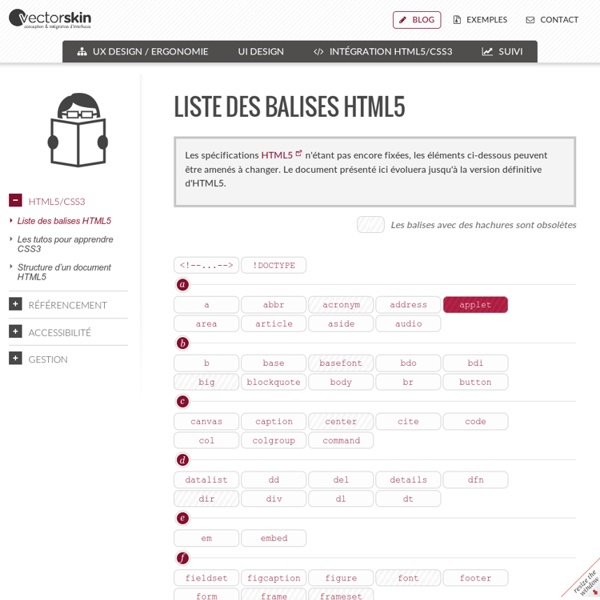



W3Schools Online Web Tutorials The HTML5 progress Element | CSS-Tricks The following is a guest post by Pankaj Parashar. Pankaj wrote to me about some pretty cool styled progress elements he created. I asked if he'd be interested in fleshing out the idea into an article about styling them in general. Here is the basic markup for the progress element: As per the standard defined by W3C, the progress element represents the completion progress of a task. Apart from the global attributes, it can have two more attributes: max - Indicates how much task needs to be done before it can be considered as complete. States of progress bar A progress bar can be in two states - indeterminate and determinate. 1. Based on your combination of browser and operating system, the progress bar can look different. It's pretty easy to target and style an indeterminate progress bar because we know that it doesn't contain the value attribute. progress:not([value]) { /* Styling here */ } 2. Throughout this article, we'll only focus on styling the determinate state of the progress bar.
[WEBDESIGN] Comment bien choisir ses couleurs pour créer un site Vous êtes nombreux à créer des sites internet, ou des supports de communications avec des choix de couleurs judicieux. Mais nous ne sommes pas tous experts, et certains ne savent pas comment allier les couleurs entre elles. Nous allons voir quelques exemples qui seront illustrés à l’aide d’un cercle chromatique. Les couleurs primaires sont les couleurs principales, toutes les autres couleurs découlent de celles-ci. Les couleurs secondaires, appelées également couleurs binaires sont un mélange direct des couleurs primaires. Les couleurs tertiaires également appelés couleurs intermédiaires sont réaliser grâce au mélange d’une couleur primaire et d’une couleur secondaire. Les couleurs complémentaires sont la base de la création d’une charte graphique, on ne peut pas, ou alors avec beaucoup de mal créer une charte avec des couleurs qui ne s’accordent pas. Les couleurs analogues sont des couleurs qui sont proches les unes des autres sur le cercle chromatique.
<input> - HTML ÜbersichtEdit Das HTML Element <input> ermöglicht es, interaktive Bedienelemente für webbasierte Formulare zu erstellen. AttributeEdit Dieses Element unterstützt die Verwendung von globalen Attributen. type accept If the value of the type attribute is file, this attribute indicates the types of files that the server accepts; otherwise it is ignored. accesskey HTML 4 only, Veraltet seit HTML5 A single-character that the user can press to switch input focus to the control. mozactionhint Specifies an "action hint" used to determine how to label the enter key on mobile devices with virtual keyboards. autocomplete HTML5 This attribute indicates whether the value of the control can be automatically completed by the browser. If the autocomplete attribute is not specified on an input element, then the browser uses the autocomplete attribute value of the <input> element's form owner. autofocus HTML5 autosave HTML5 This attribute should be defined as a unique value. checked disabled form HTML5 height HTML5 src
Nasty Icons. 45 free vector icons to spice up your designs!